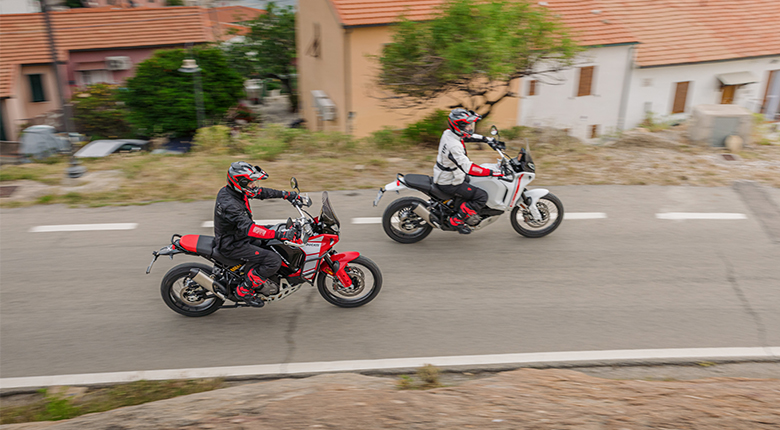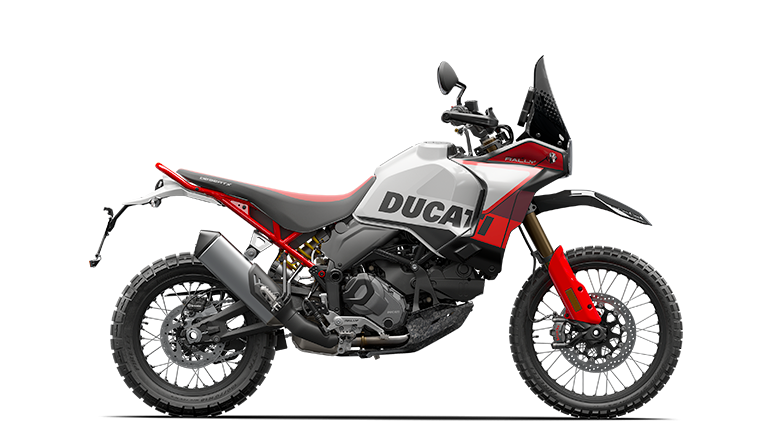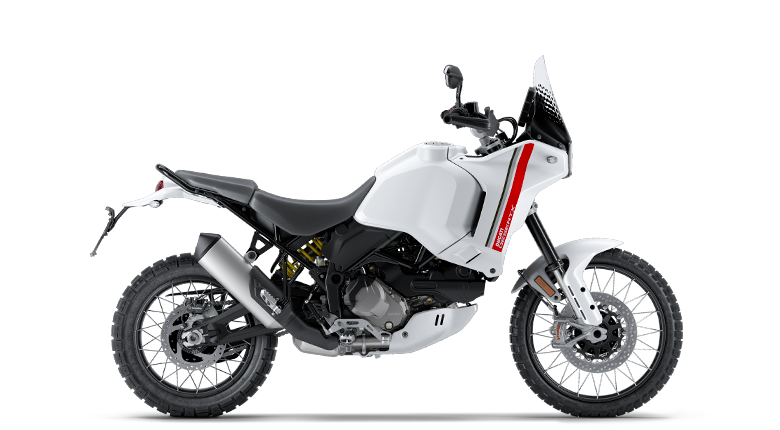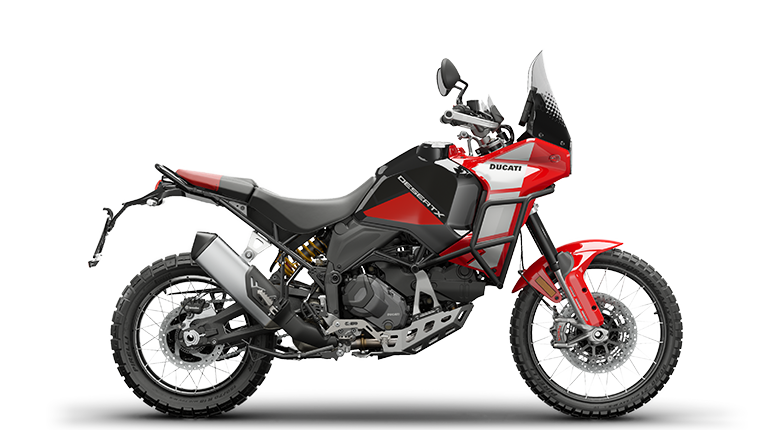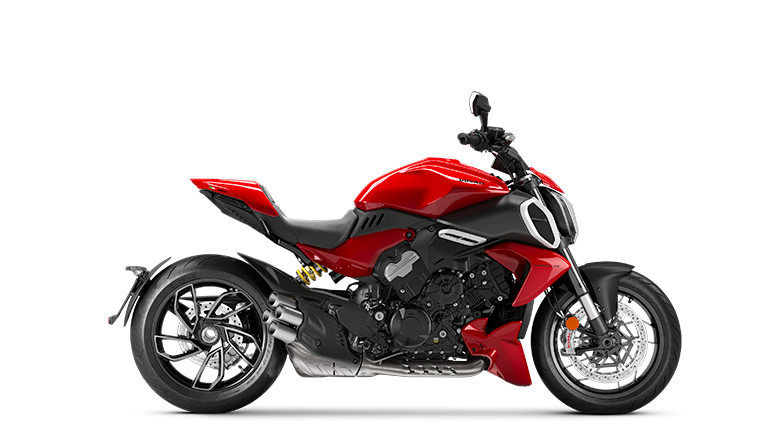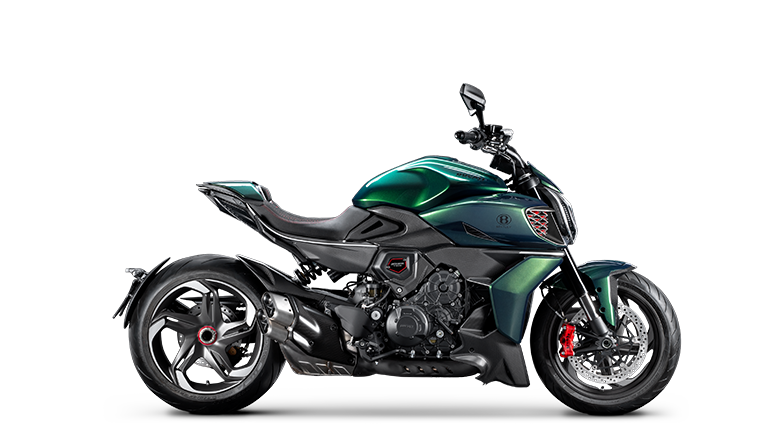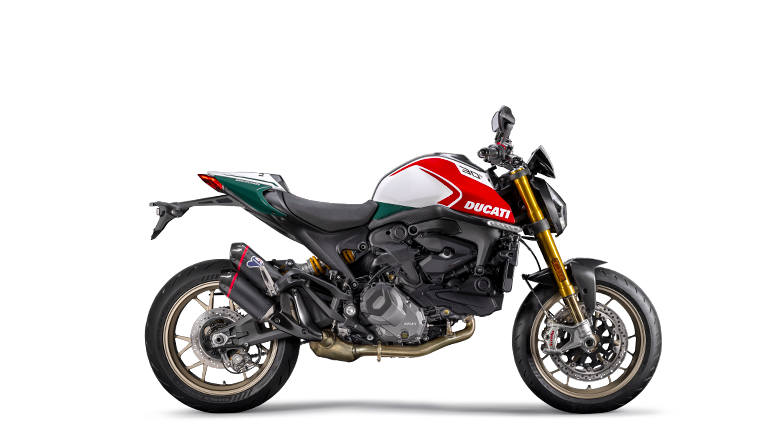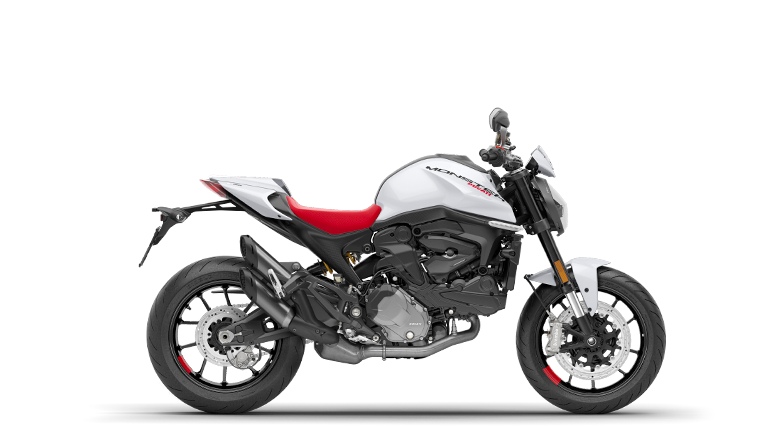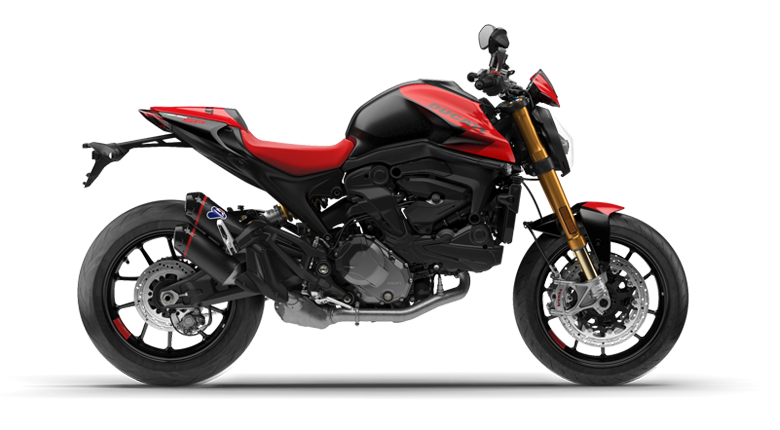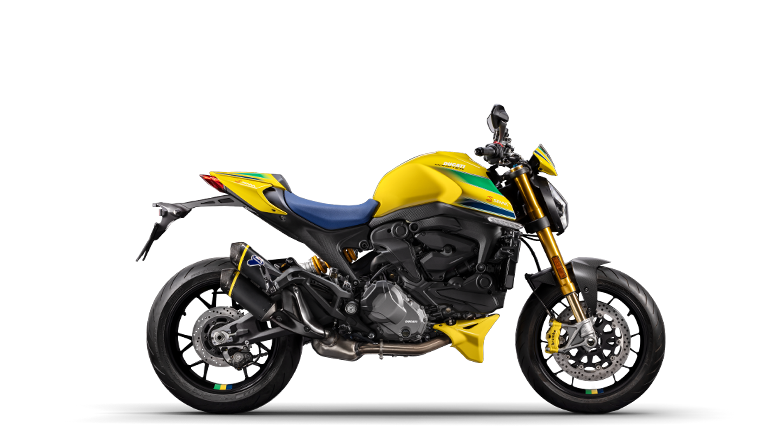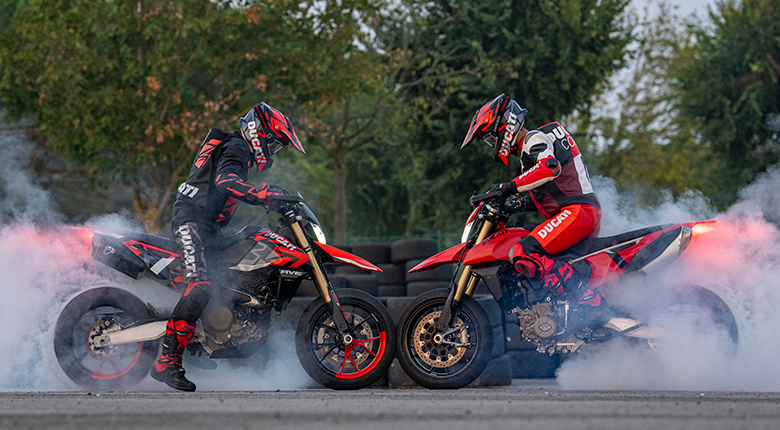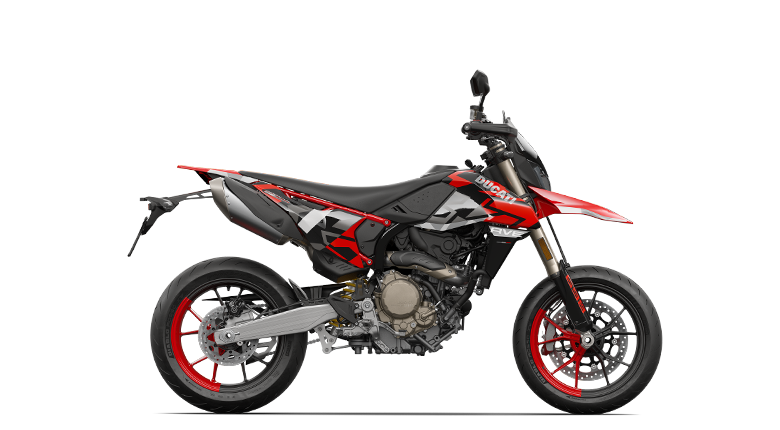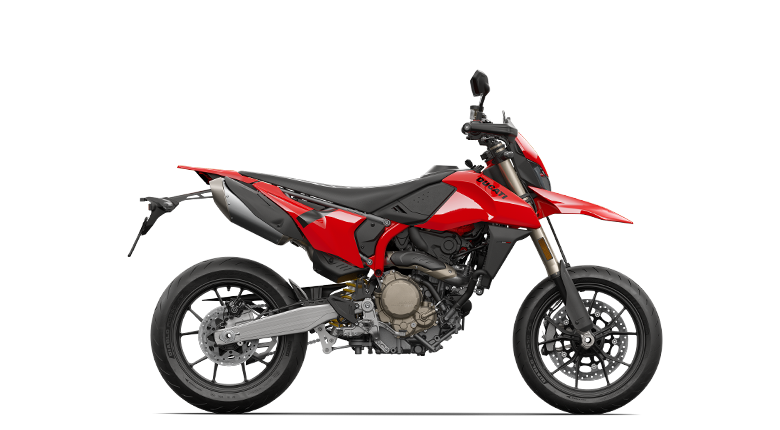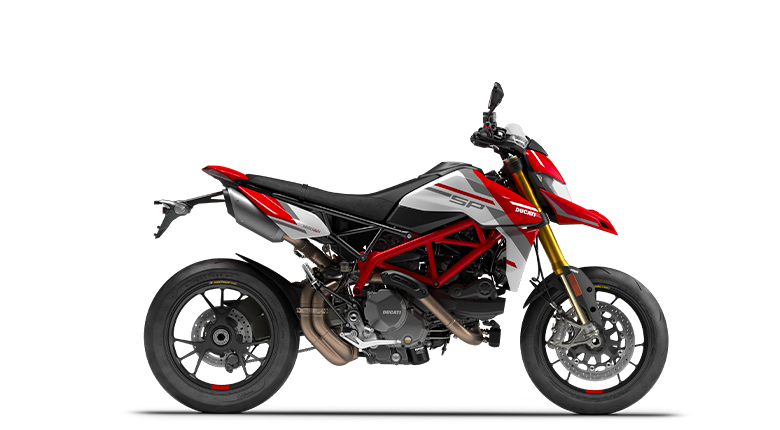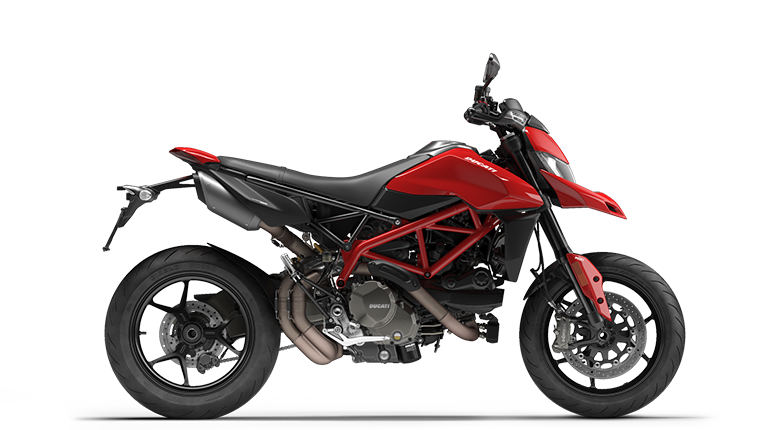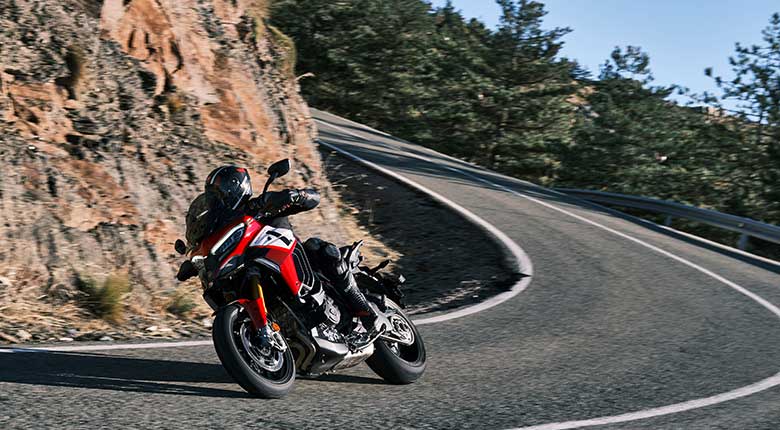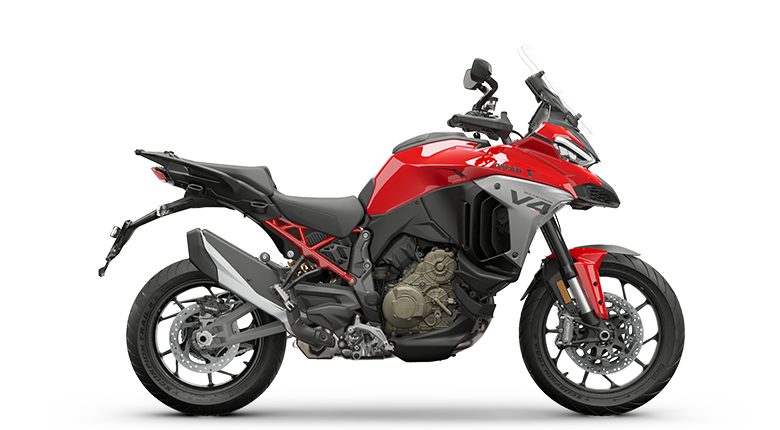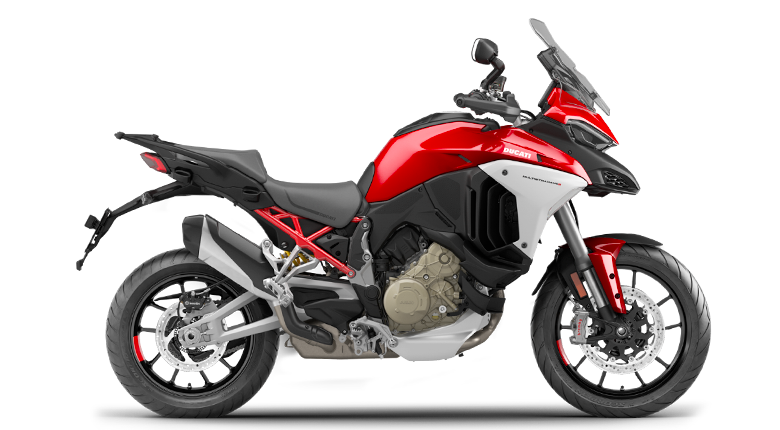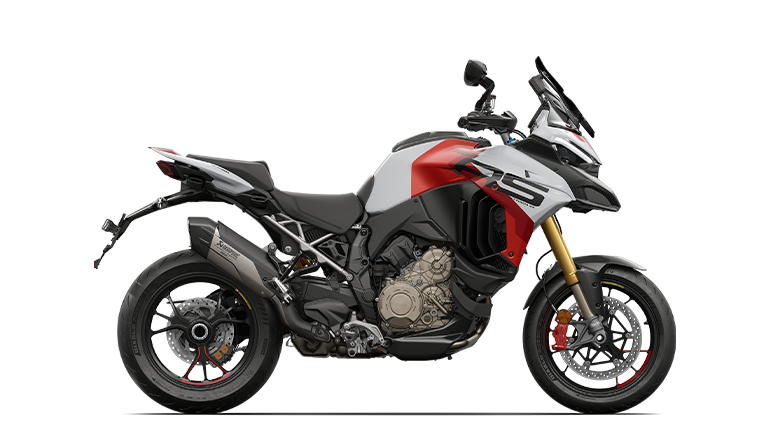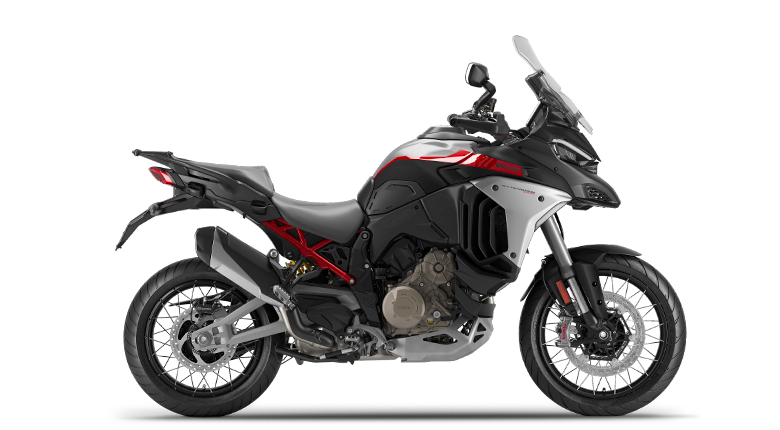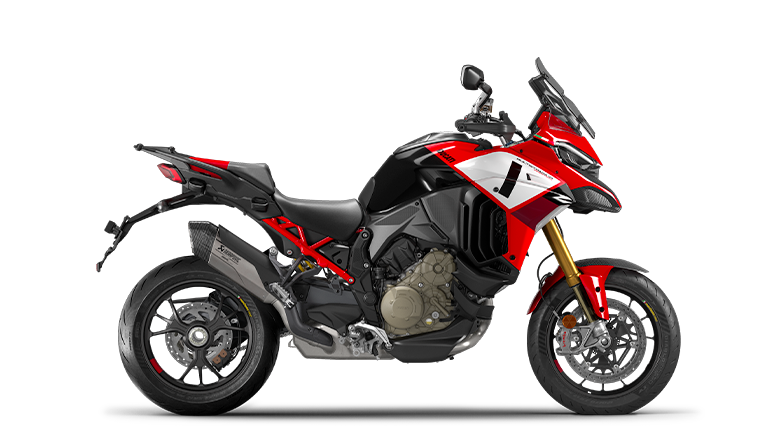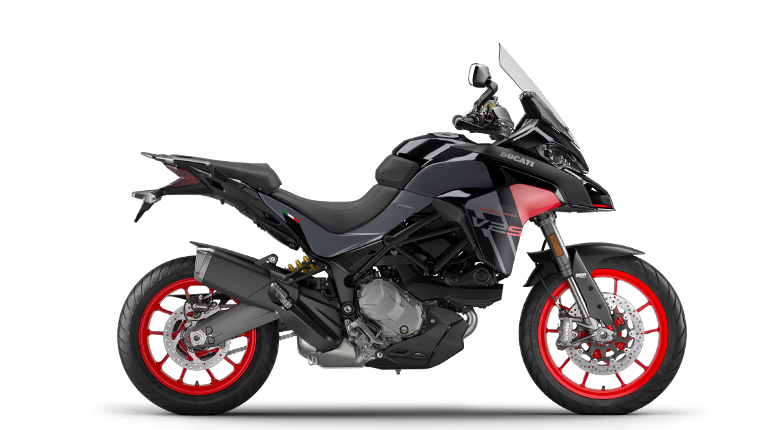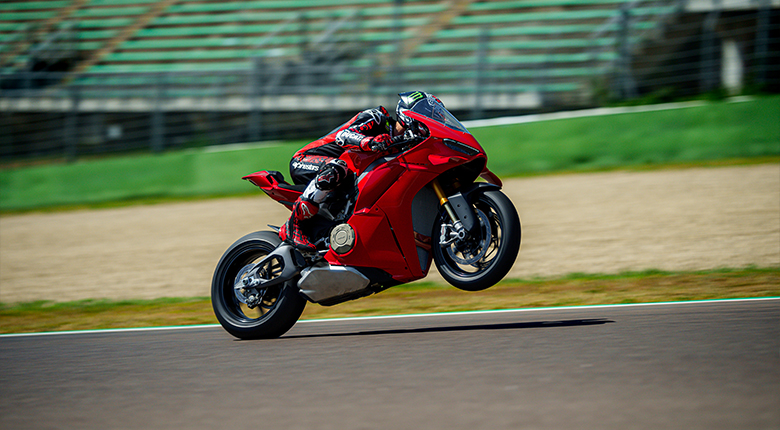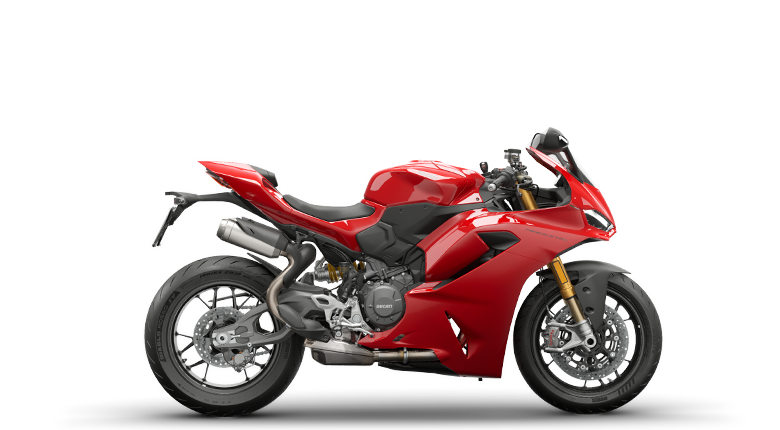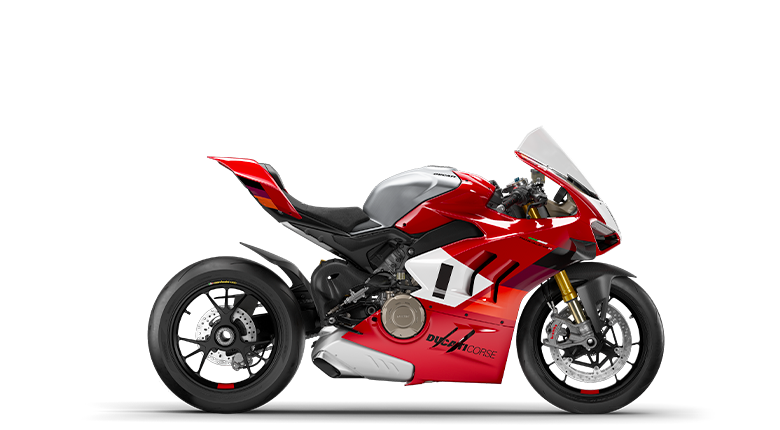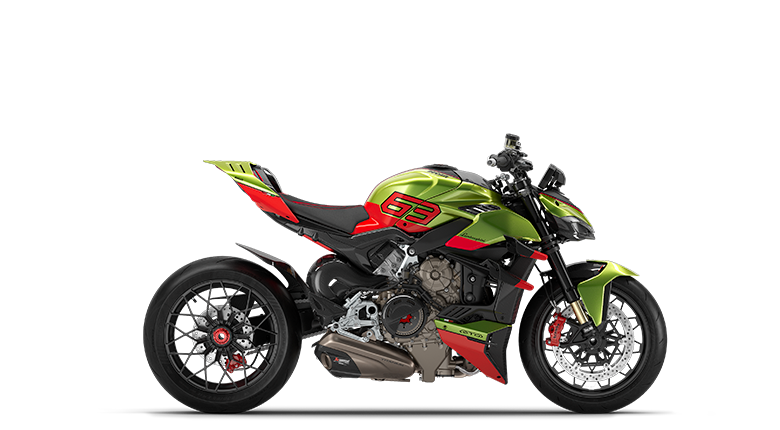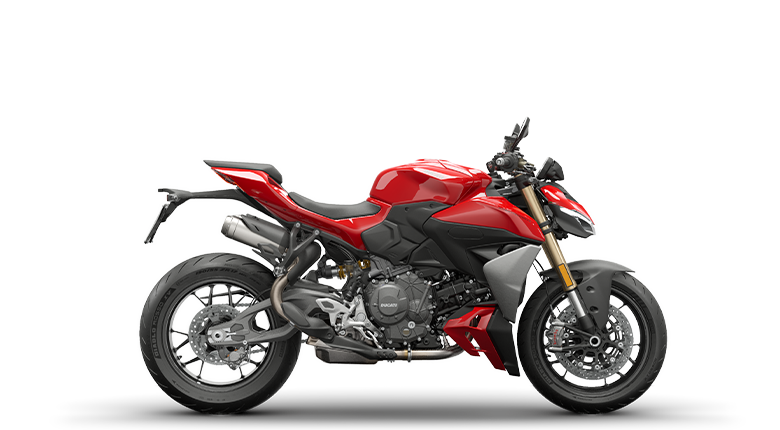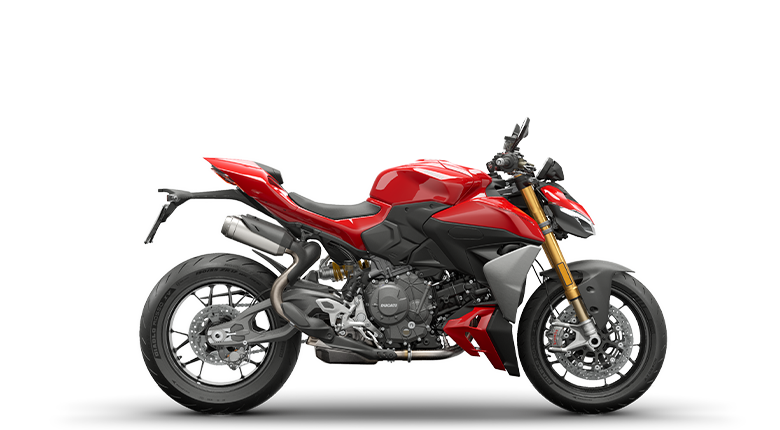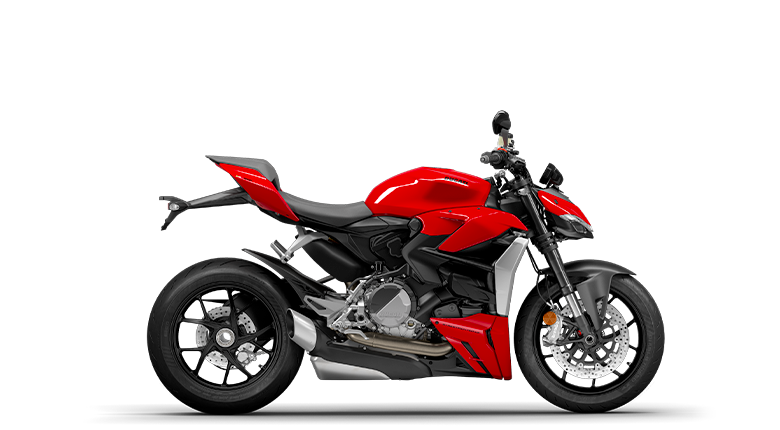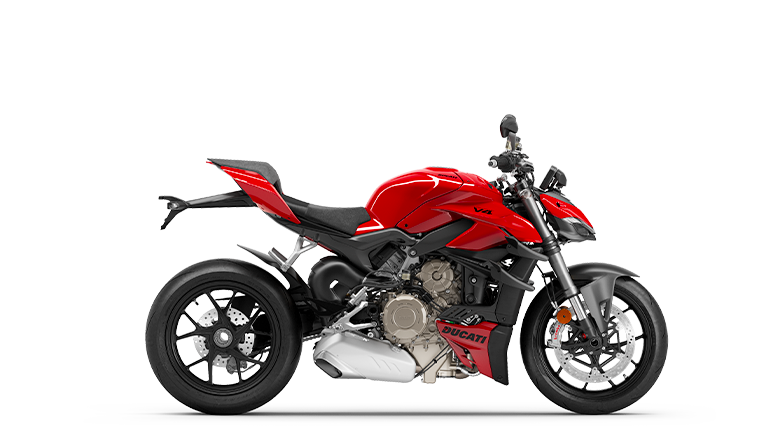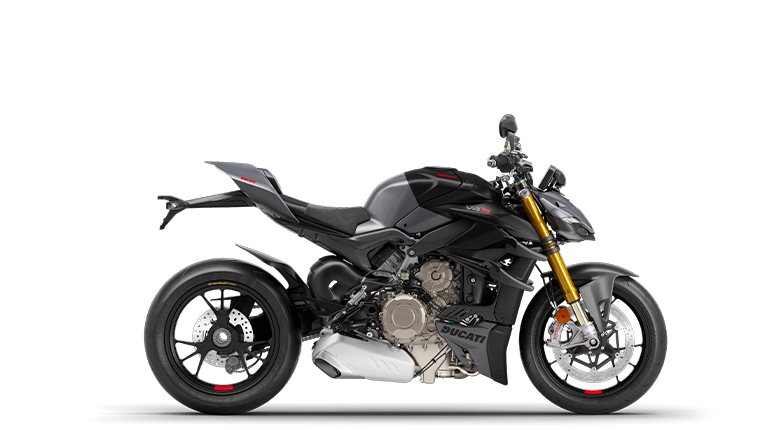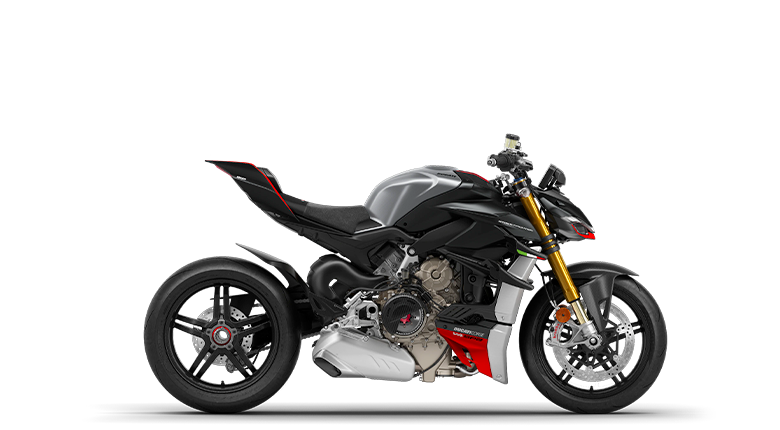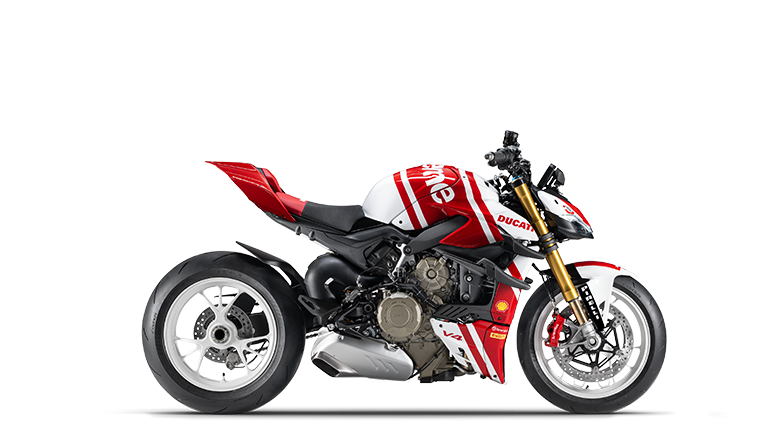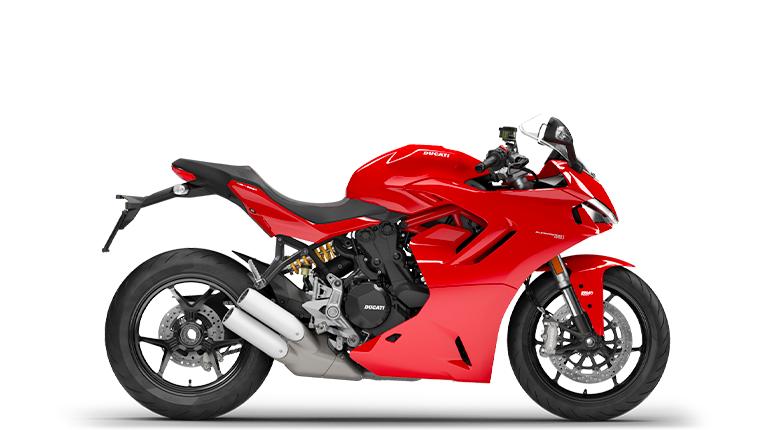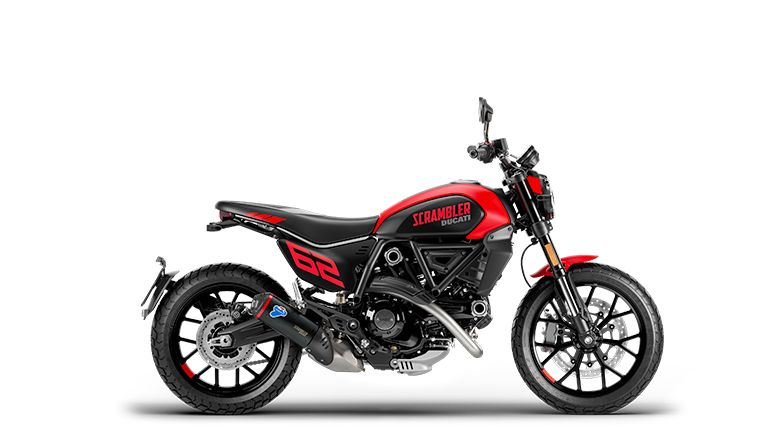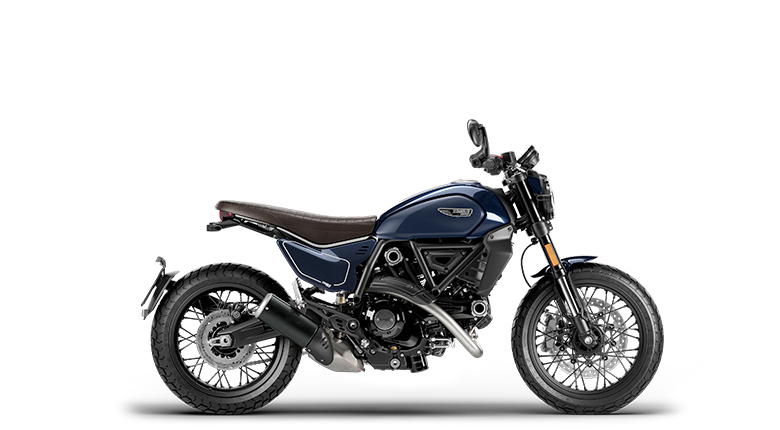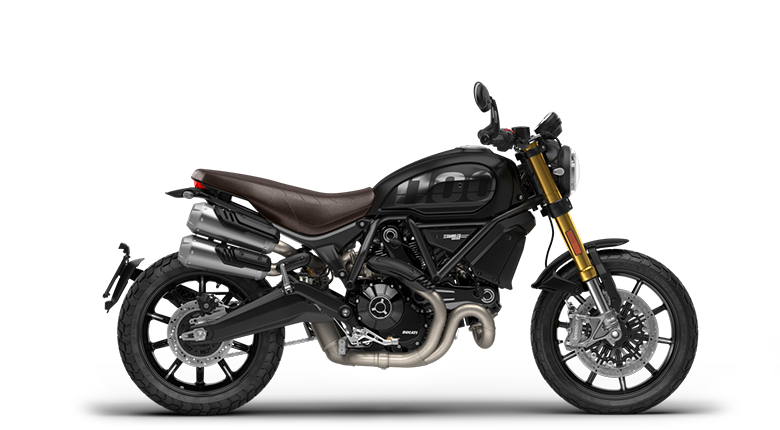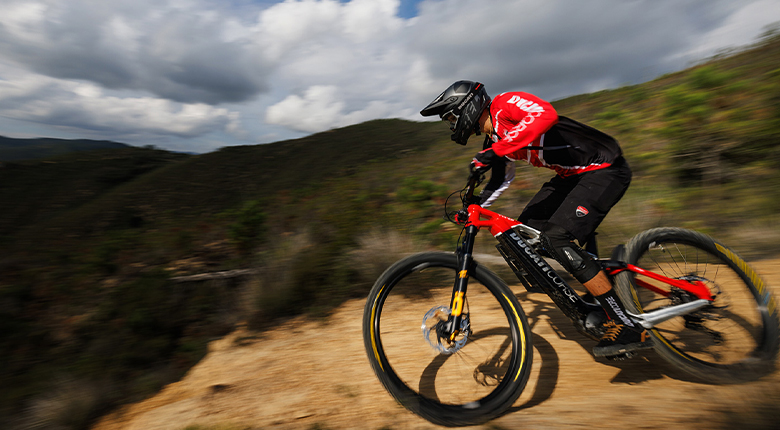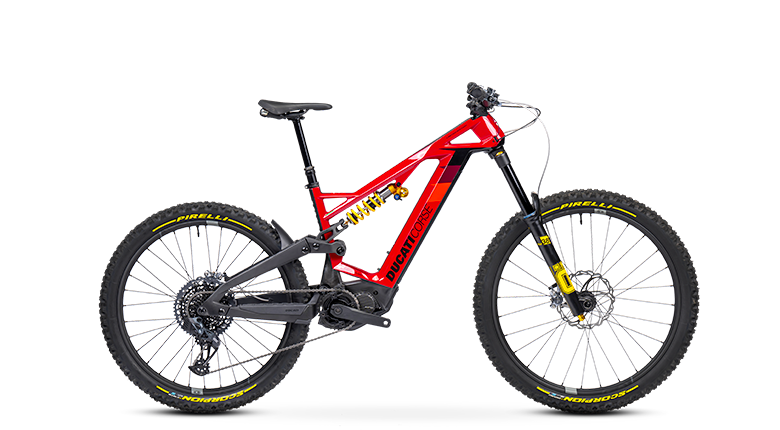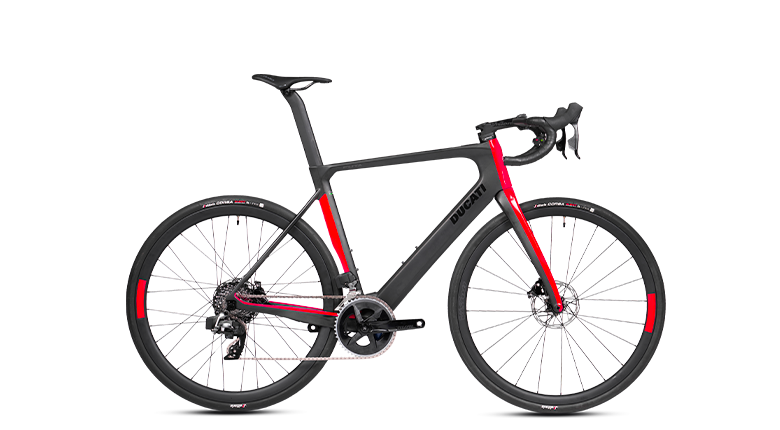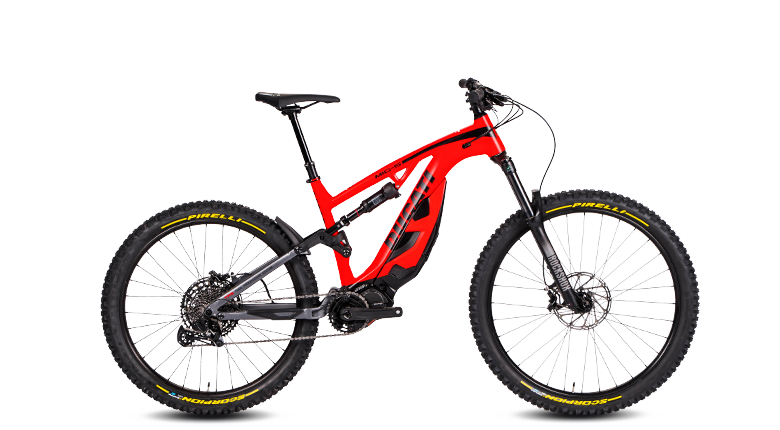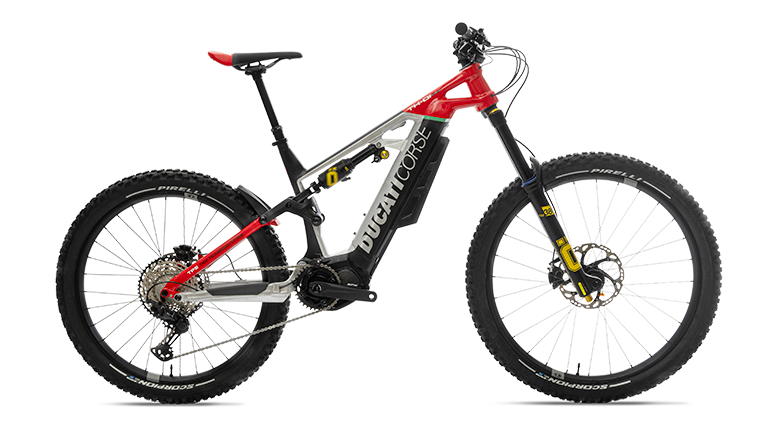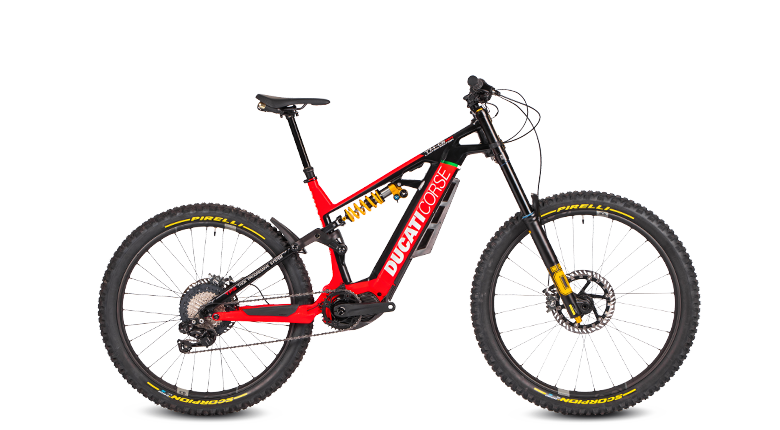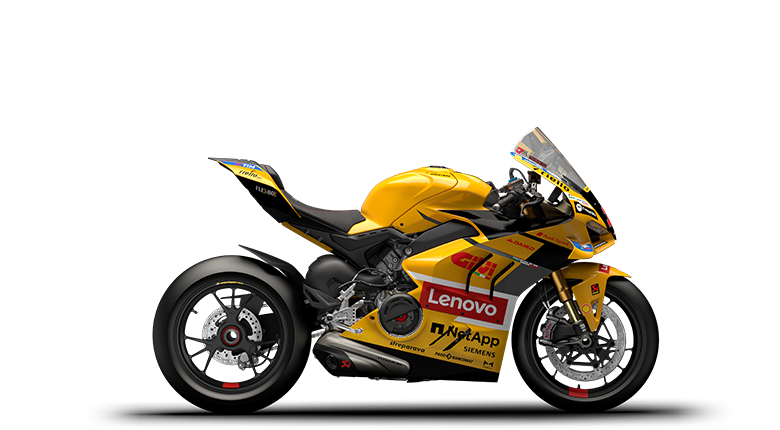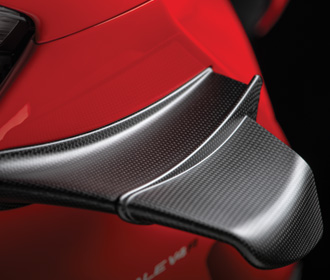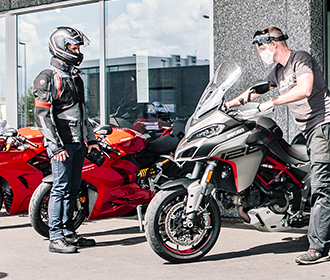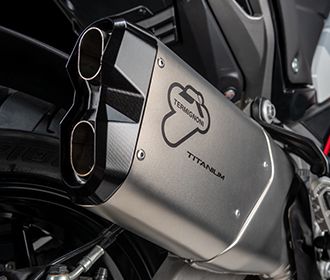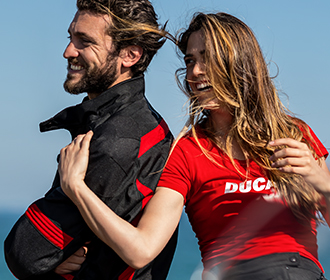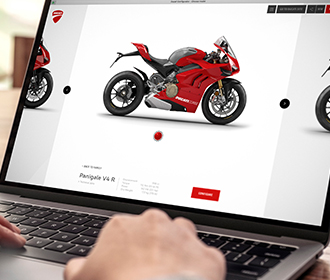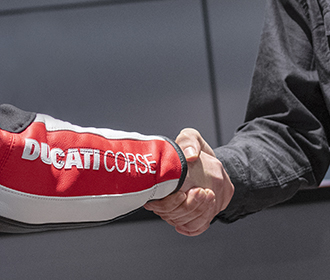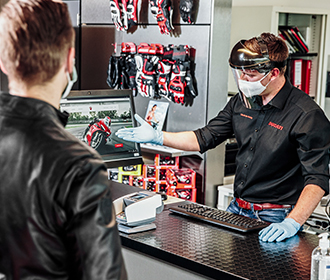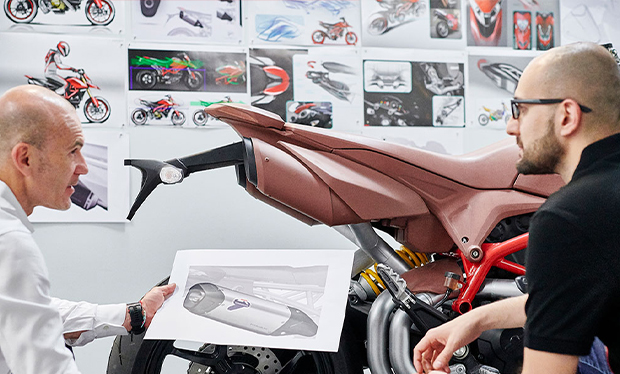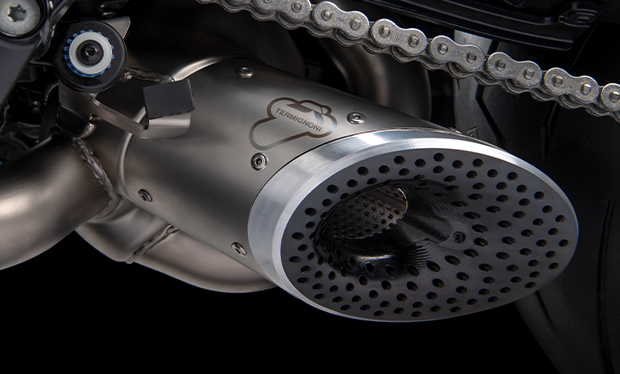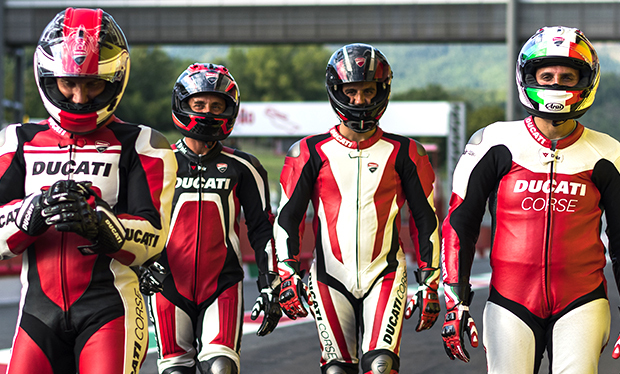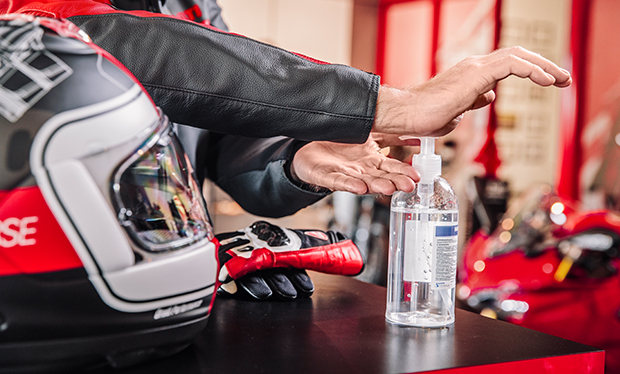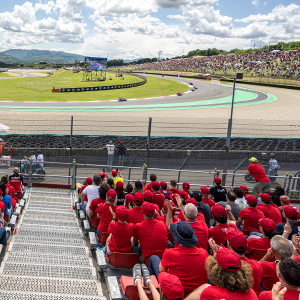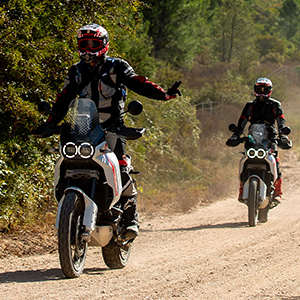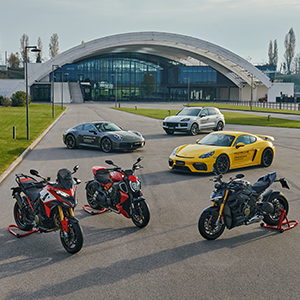- Models
- Configure your bike
- News
- Current Offers
- Racing
- Dealer Locator
- DWP 2025
-
Models
-
DesertX
![]()
-
Diavel
![]()
- Diavel V4
- Diavel For Bentley
Diavel -
Monster
![]()
-
XDiavel
![]()
- new XDiavel V4
XDiavel -
Hypermotard
![]()
- Overview
- new 698 Mono RVE
- new 698 Mono
- 950 SP
- 950
Hypermotard -
Multistrada
![]()
- Overview
- new V2
- new V2 S
- new V4
- V4 S
- new V4 RS
-
V4 Rally
![]() Multistrada V4 Rally
Multistrada V4 Rally- 170 hp Power
- 89.2 lb-ft Torque
- 525 lb Wet Weight (No Fuel)
Starting From $30,595 i - V4 Pikes Peak
-
V2 S MY24
![]() Multistrada V2 S MY24
Multistrada V2 S MY24- 113 hp Power
- 71 lb-ft Torque
- 485 lb Wet Weight (No Fuel)
Starting from $19,295 i - new V4 Pikes Peak MY25
Multistrada -
Panigale
![]()
-
Streetfighter
![]()
-
V4 Lamborghini
![]() Streetfighter V4 Lamborghini
Streetfighter V4 Lamborghini- 208 hp Power
- 90.4 lb-ft Torque
- 421 lb Wet Weight (No Fuel)
MSRP Starting From $68,000 i - new V4
- new V4 S
- new V2
- new V2 S
- V2 MY24
- V4 MY24
-
V4 S MY24
![]() Streetfighter V4 S MY24
Streetfighter V4 S MY24- 208 hp Power
- 90.4 lb-ft Torque
- 425 lb Wet Weight (No Fuel)
MSRP From $27,795 i - Streetfighter V4 SP2
- new V4 SUPREME®
Streetfighter -
V4 Lamborghini
-
SuperSport
![]()
-
![]()
-
Desmo450 MX
![]()
-
E-BIKE
![]()
-
Limited Series
![]()
-
new
V4 Tricolore Italia
![]() Panigale V4 Tricolore ItaliaAn unforgettable day. To be re-lived forever.
Panigale V4 Tricolore ItaliaAn unforgettable day. To be re-lived forever.- 209 hp Power
- 89.5 lb-ft @ 11,250 rpm Torque
- 414 lb Wet Weight (No Fuel)
$85,000 i - new V4 Tricolore
- new Ducati Speciale
- Ducati Unica
Limited Series -
new
V4 Tricolore Italia
-
- Equipment
- Current Offers
- DWP 2025

Bikes
DesertX
Diavel
Hypermotard
Streetfighter
Multistrada
Panigale
Supersport
E-BIKES
Equipment
Accessories
Racing
MotoGP
Superbike
OFF-ROAD
MotoE
Ducati World
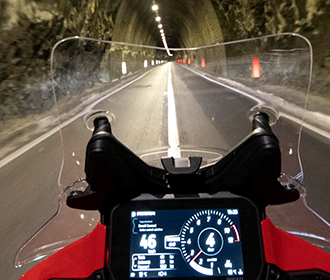
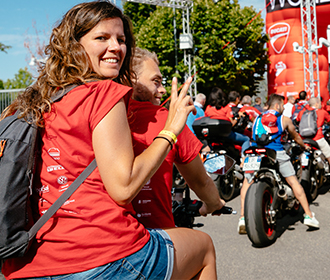
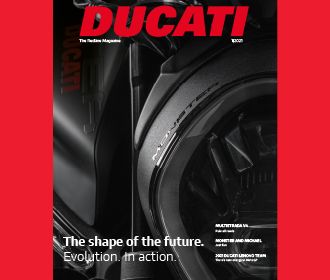
Events
Ducati Academy
Press Reviews
Travel With Ducati
Ducati Stories
News

News
Read the latest news stories to find out what is happening in the world of Ducati

DOC
Imagine enjoying new experiences, exploring breath-taking landscapes, participating in exclusive events. Join the Ducati family! Become a D.O.C. member!

Ducati Redline Magazine
A selection of the most exclusive content from the Ducati Redline Magazine. Download read the stories here!
Service and Maintenance
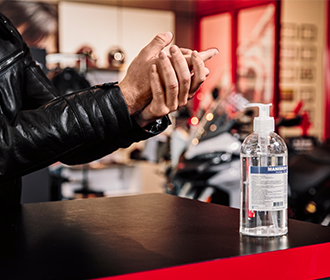
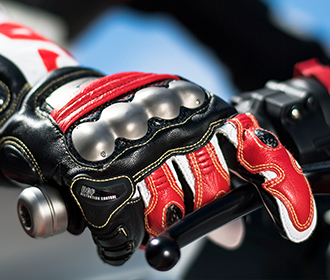

Maintenance
Connectivity
Dealer Network

Dealer Locator
Find you nearest Ducati dealership by using the Ducati Dealer Locator

Ducati Financial Services
From traditional financing to our exclusive Ducati Premier Financing, Ducati Financial Services offers a wide range of options and flexible terms.

Multistrada V4 Video Tutorials
Learn how to operate the features of the Multistrada V4 through these video tutorials
Corporate
Design
Corporate Social Responsibility
Partners
Fondazione Ducati
Borgo Panigale
Models
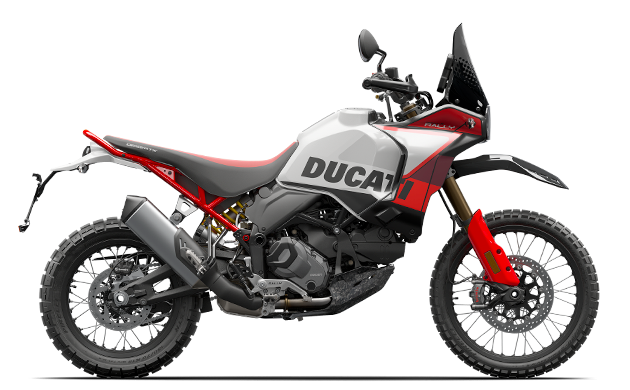
DesertX
New
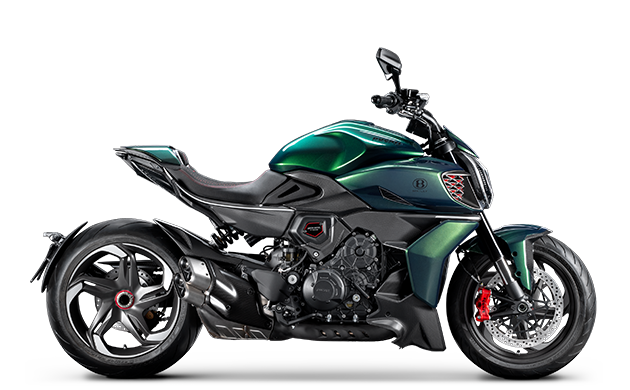
Diavel
New
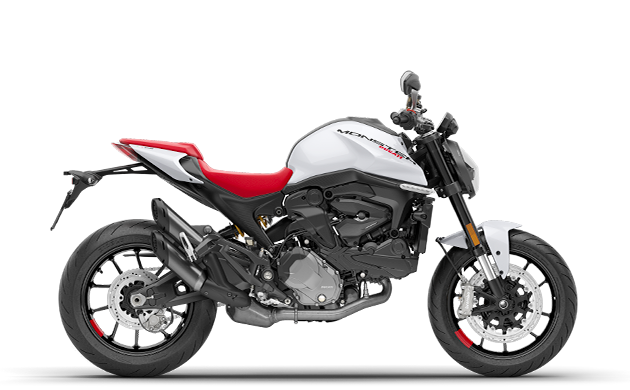
Monster
New
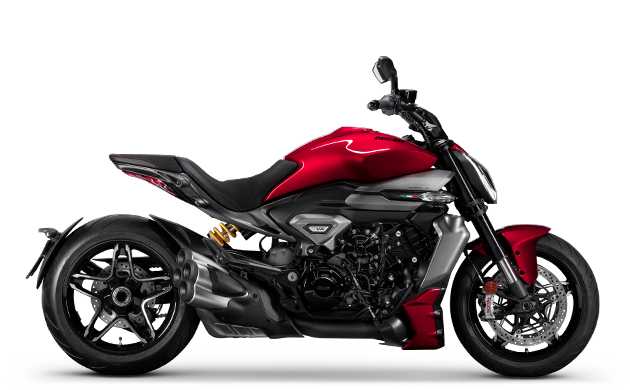
XDiavel
New
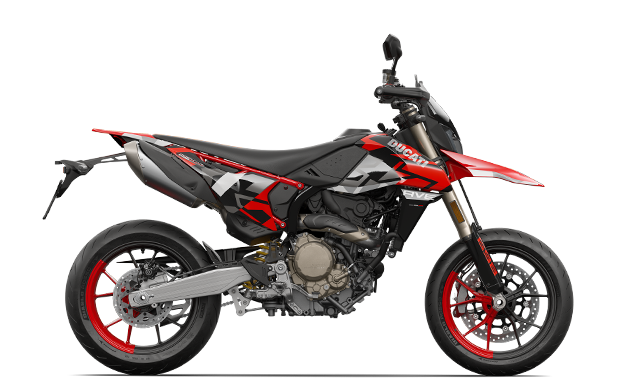
Hypermotard
New

Multistrada
New
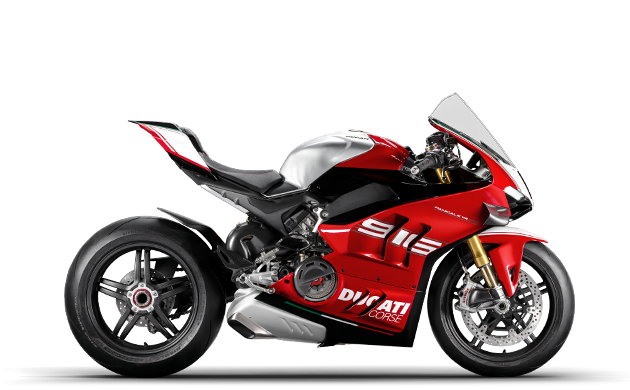
Panigale
New
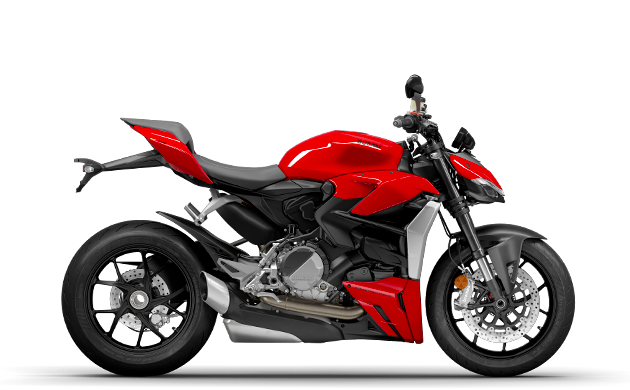
Streetfighter
New
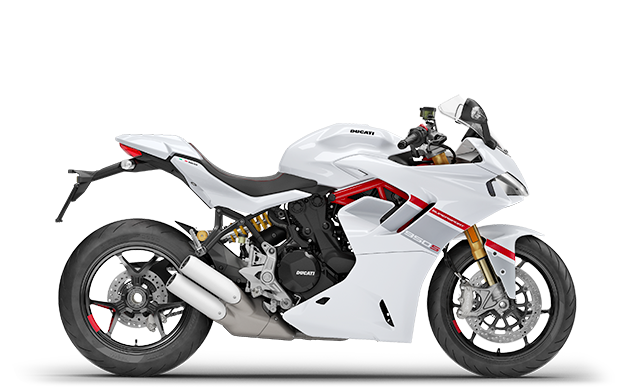
SuperSport
SCRAMBLER

Desmo450 MX
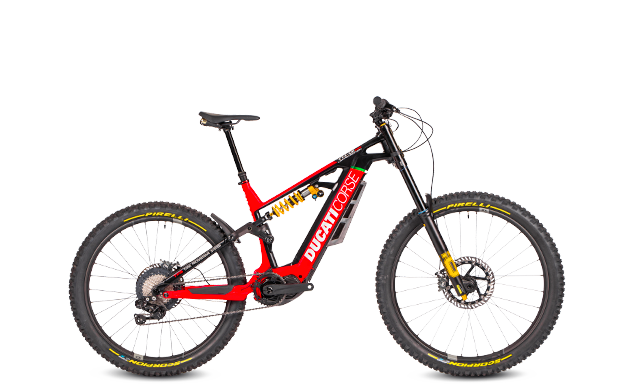
E-BIKE
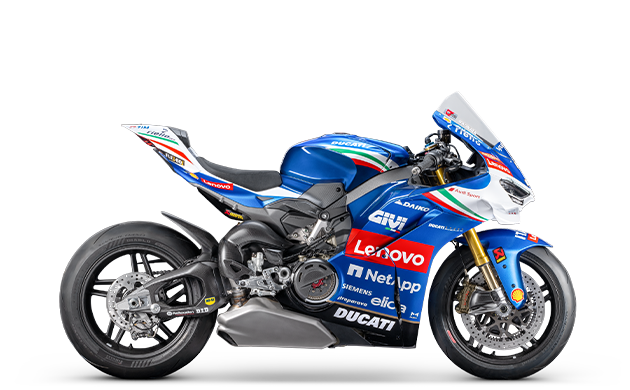
Limited Series
Racing
- MotoGP
- Superbike
- Off Road
- MotoE
Ducati World
- Events
- Ducati Academy
- Ducati Press Reviews
- Ducati Travel Adventures
- Ducati Stories
- News
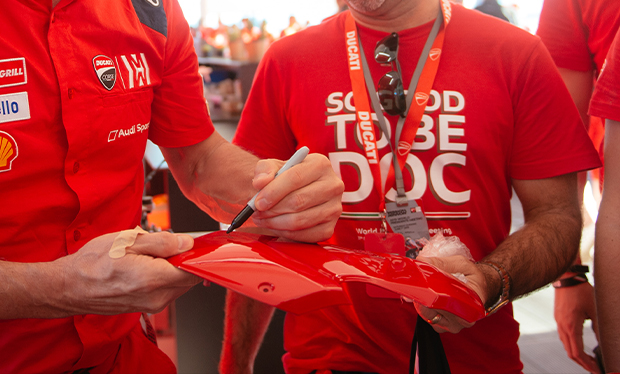
DOC
Imagine enjoying new experiences, exploring breath-taking landscapes, participating in exclusive events. Join the Ducati family! Become a D.O.C. member!
DOC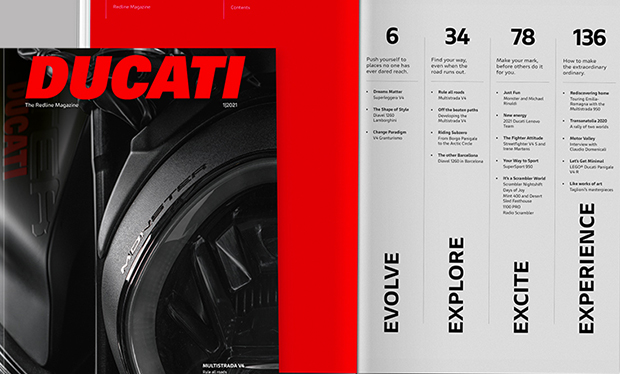
Ducati Redline Magazine
A selection of the most exclusive content from the Ducati Redline Magazine. Download read the stories here!
Ducati Redline Magazine
Equipment
- Accessories
- Apparel
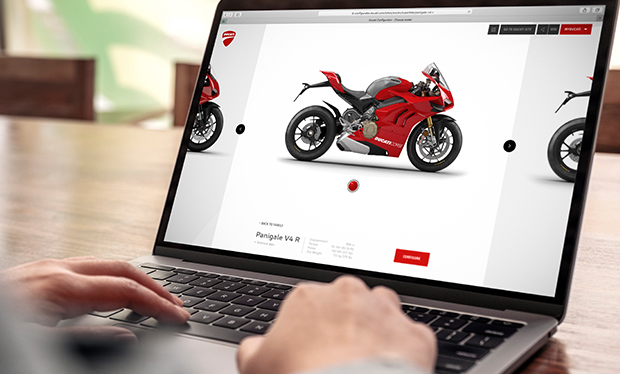
Configurator
Choose the perfect Ducati for you and have fun configuring it according to your riding style.
Configurator
Service and Maintenance
- Services
- Maintenance
- Connectivity
- Dealer Network

Ducati Financial Services
From traditional financing to our exclusive Ducati Premier Financing, Ducati Financial Services offers a wide range of options and flexible terms.
Ducati Financial Services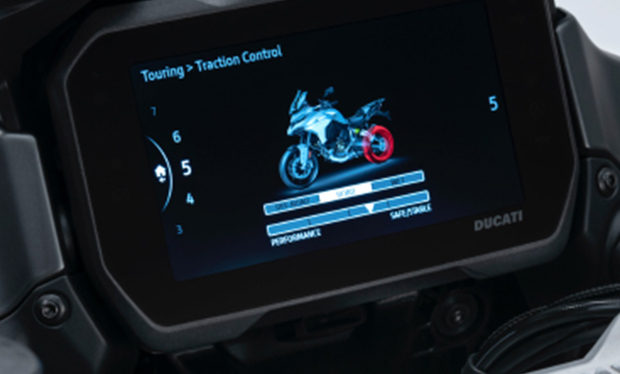
Multistrada V4 Video Tutorials
Learn how to operate the features of the Multistrada V4 through these video tutorials
Multistrada V4 Video Tutorials
Ducati Club
Corporate
- Who We Are
- Product Innovation
- Corporate
- Partners
- Fondazione Ducati
- Borgo Panigale
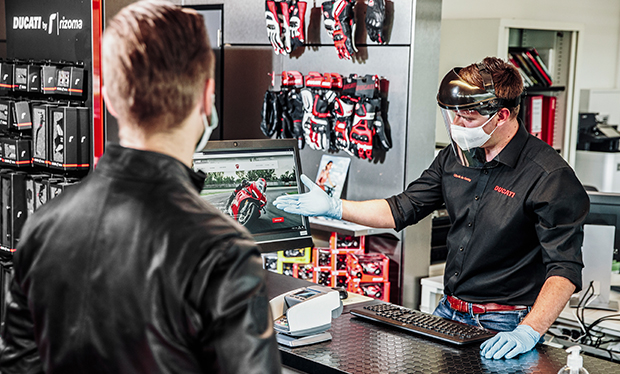
Customer Services
To make it easier for you to find your way around, we have created a list of the most frequently asked questions, divided into subject areas, along with their answers.
Customer Services2019 Ducati Diavel 1260 First Ride
The Ducati Diavel is a mirror. Cruiser riders will see a beefy power-cruiser capable of comfortably blasting down the highways with a passenger on the back, easily passing just about anything on the road with a little twist of the throttle—and they’re right.

The Ducati Diavel is a mirror. Cruiser riders will see a beefy power-cruiser capable of comfortably blasting down the highways with a passenger on the back, easily passing just about anything on the road with a little twist of the throttle
Source: CycleWorld.com
The Ducati Diavel is a mirror. Cruiser riders will see a beefy power-cruiser capable of comfortably blasting down the highways with a passenger on the back, easily passing just about anything on the road with a little twist of the throttle—and they’re right. Aggressive riders who see a 159-claimed-horsepower roadster ready to get low in the canyons and challenge some sportbikes? They’re right too. Comfortable and versatile ergonomics pair with high-performance components like Ducati’s incredible 1,262cc Testastretta DVT engine to make the 2019 Diavel S a bike that you can ride any way you want, at almost any skill level.
This bike is an absolute beast, but that doesn’t mean it’s untamable. Three ride modes, each customizable, allow riders to change up the ride; get as much or little of the traction control, throttle response, wheelie control, and quickshifter as they want. Sport mode is the most responsive with the least rider-aid intervention; Touring smooths out throttle response without limiting power, and reigns in the wheelies; and Urban mode limits power output to 100 hp with smoother throttle response, as well as maxed-out wheelie control, traction control, and ABS. The modes can be customized on the bike but will reset when the motorcycle cycles power. The alternative is to build and save custom setups on the app, which Ducati promises will be available shortly.
Ergonomics on the new Diavel 1260 are similar to those of previous years, but with a little more handlebar pullback. Mid-mount controls allow you to weight the footpegs and position your body when cornering aggressively. Aiding this cause is the large, comfortable seat, which is welcoming when you want to plant yourself there and gets narrower toward the front, allowing a lot of freedom of movement.
The overall design is unmistakably Diavel, but sleeker and more refined than previous years, highlighting some of the 1260’s more striking features. There are fewer plastic pieces, leaving a clearer view of the engine and chassis. A shorter muffler ends before the rear wheel, allowing a clear view of the cast 17-inch rear rim and the Pirelli Diablo Rosso III tire specially developed for this bike. The engine has been moved rearward in the frame 60mm for more equal weight distribution. Rear turn signals that previously stuck out of the bodywork are now flush and smooth under the seat; front indicators are a long LED light blade like the ones utilized on new Audis—a cool benefit of having the German carmaker as Ducati’s parent company. Passenger security and comfort have been addressed through the addition of a retractable handle that extends from the rear of the passenger seat–a surprisingly good-looking and functional addition that will surely help convince many riders’ significant others to get on board with their desired purchase.
Ducati claims the S model made up roughly 80 percent of XDiavel sales, so that variant will now be produced in higher numbers. This also explains why this is the model available for us to test. This model year, the S designation moves beyond the mostly aesthetic upgrades of previous years and is now aimed to be more representative of the true Ducati “S” sport-inspired nomenclature. To that end, a 48mm fully adjustable Öhlins fork and fully adjustable Öhlins monoshock grace the top model. Base bikes get Marzocchi components, a 50mm adjustable unit up front and two-way-adjustable monoshock at the rear. While both come equipped with dual front 320mm brake discs, the S model gets M50 Brembo calipers and a PR16/19 master cylinder, compared to the base model’s M4.32 calipers and PR18/19 master.
The Diavel S model’s standard quickshifter was a little rough in operation before we altered our technique. Best performance came upshifting above 6,000 rpm and downshifting below 4,000. And while we simply used the clutch for up- and downshifts outside of these parameters, other DQS-equipped bikes like the Multistrada have worked better.
From the first Diavel, Ducati has done a good job on chassis dynamics within the confines of the cruiser-like design. The fat 240mm rear tire and low-slung nature are strikes against cornering competence, but careful design and tuning, not to mention the specially developed tires, result in good handling and a comfortable ride. In a straight line, small bumps are eaten without a hiccup and larger ones are sucked up in style. Could the large, well-shaped seat be helping here too? Bottom line is that it’s a comfortable bike for cruising.
As the road takes a turn, that controlled bump absorption translates into a motorcycle that stays on your chosen line. You know you hit the big bumps, for example, but your arc is unchanged. Hanging off a bit, sportbike style, allowed me to ride even more aggressively and the Diavel S handled it with composure. Braking performance was mostly excellent, with good feel and consistent operation, though the power of the system is such that you can surprise yourself with too much bite from not much lever effort. That is, if you are used to the lever effort of typical American cruisers, these sportbike-grade brakes may take some adaptation on your part. Of course, Bosch Cornering ABS Evo is here to help with lean-sensitive antilock.
The 1,262cc Testastretta DVT V-twin’s desmodromic variable valve timing increases low-end torque and reduces emissions with reduced valve overlap at low speeds. It also makes for smooth, precise throttle response. Then, as revs rise, increased overlap boosts output by allowing the engine to breathe better. The result is power is ready at the crack of the throttle, but smooth and never unwieldy—like a trained elephant that will shake your hand but could squish you in an instant. There was only one point in the ride, in Sport mode, when I felt some unusual pulsing while holding steady throttle on a straight, flat road, but it smoothed out quickly and wasn’t felt again. Overall, the engine character and performance make it unlike any cruiser on the market; it’s torquey without being a torque monster, really coming to life around 6,000 rpm and singing all the way to its 9,000-rpm redline.
On the engine topic, it’s worth talking about service intervals and valve inspections because Ducati has done good work in extending these far beyond its own previous intervals and also beyond that of some of the competition. There was a time when inspections (and potential valve adjustments) were more frequent and more necessary, but the Diavel’s first service is at 12 months or 9,000 miles, and the second comes at 18,000.
The capability of the bike has been expanded, and it is more of a mirror of your riding desires than ever, being both more comfortable as a cruiser in the traditional American sense but also being more capable when pushed for high performance. The visual lines of the bike are cleaner and more refined and the engine’s sound is deep, loud, and throaty—checking the boxes that most cruiser riders tend to look for. The Diavel remains its own kind of animal in the cruiser segment, but has evolved to both challenge and encourage riders to blur the lines of their own riding styles. At $20,800 for the base model and $24,300 for the S, it hits the wallet like a superbike or fully decked cruiser, but you do get a lot of bike for your buck—both in style and performance.
 DesertX
DesertX  Diavel
Diavel Monster
Monster XDiavel
XDiavel Hypermotard
Hypermotard Multistrada
Multistrada Panigale
Panigale Streetfighter
Streetfighter SuperSport
SuperSport
 Desmo450 MX
Desmo450 MX
 E-BIKE
E-BIKE
 Limited Series
Limited Series
